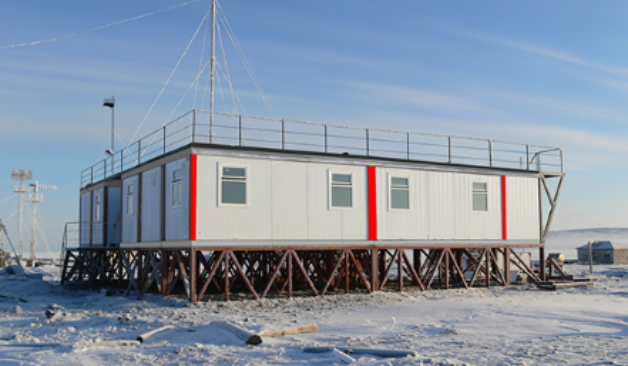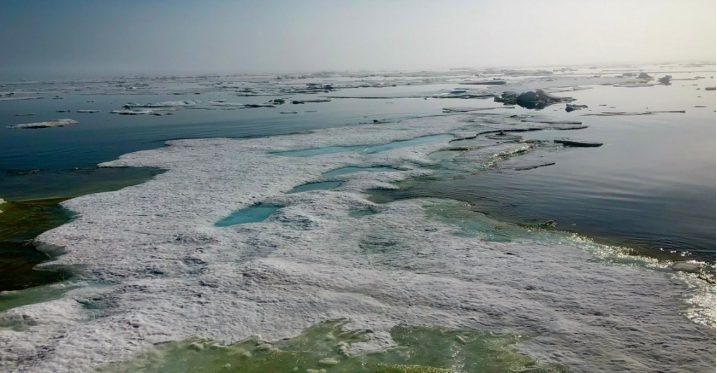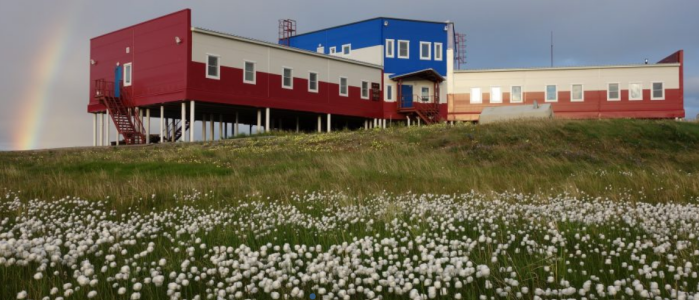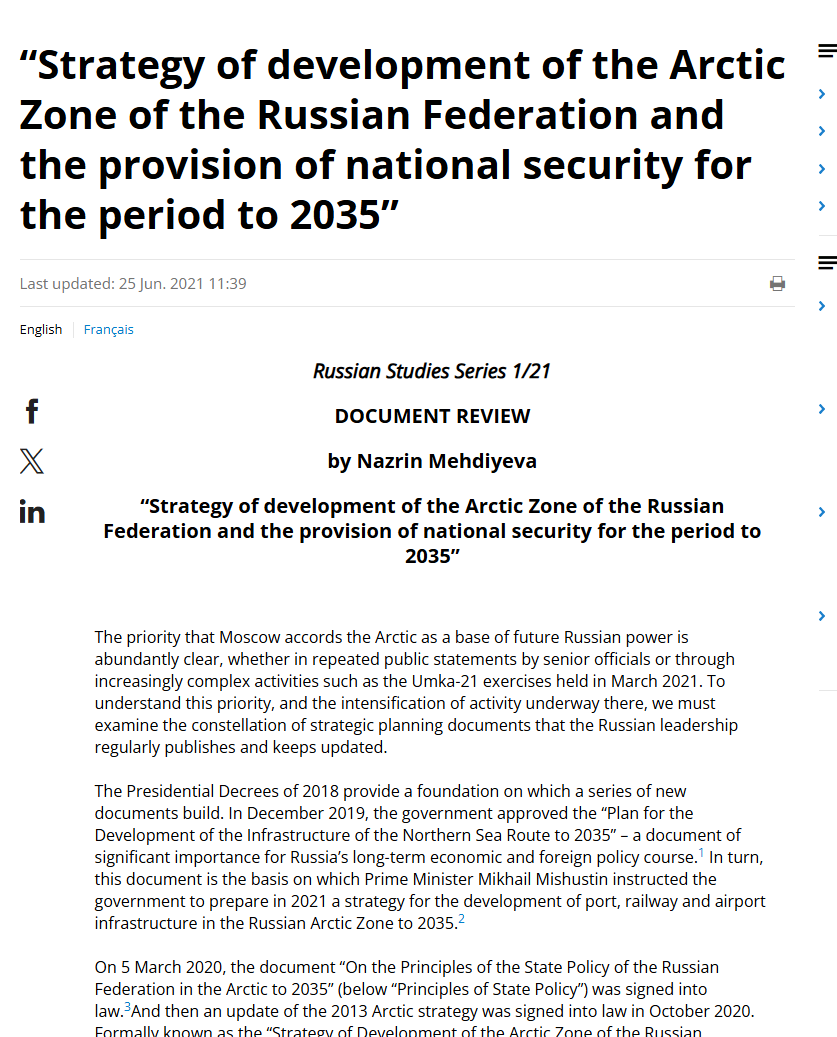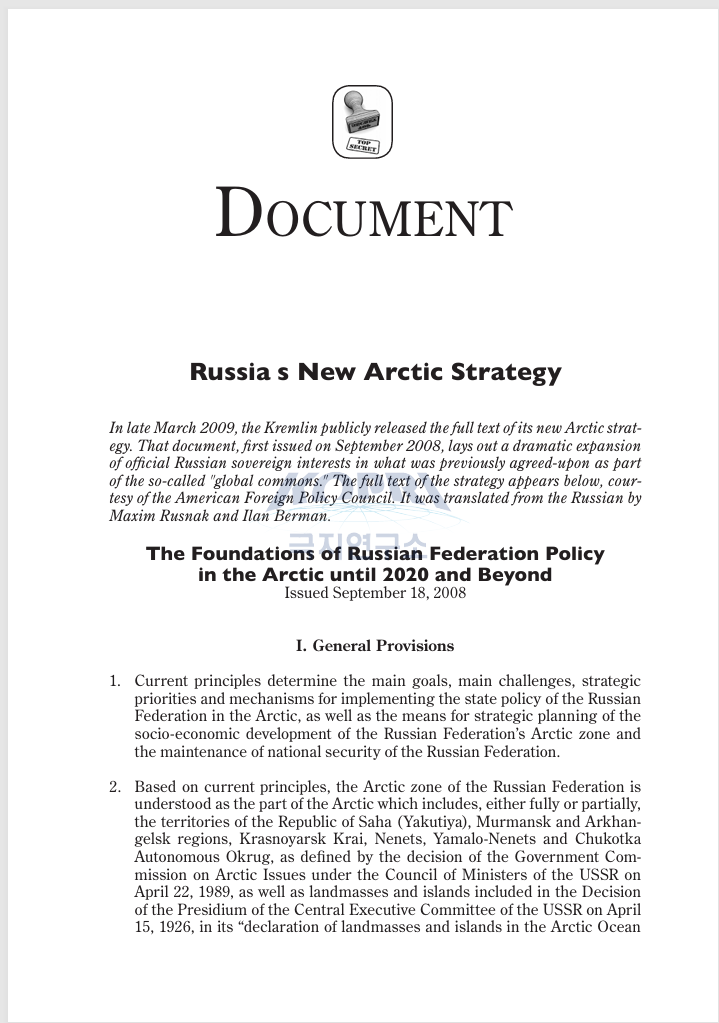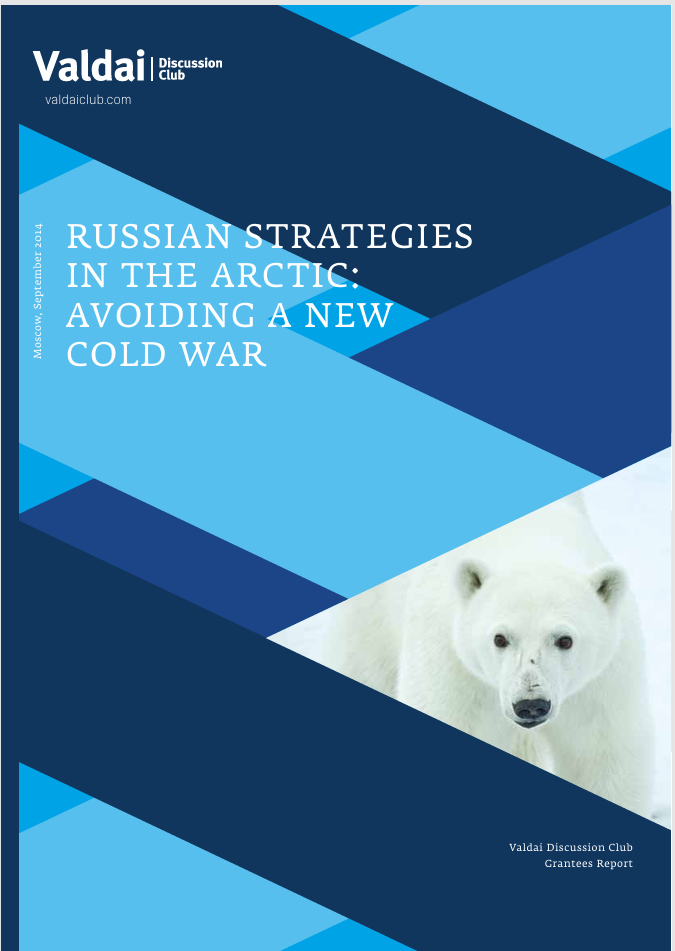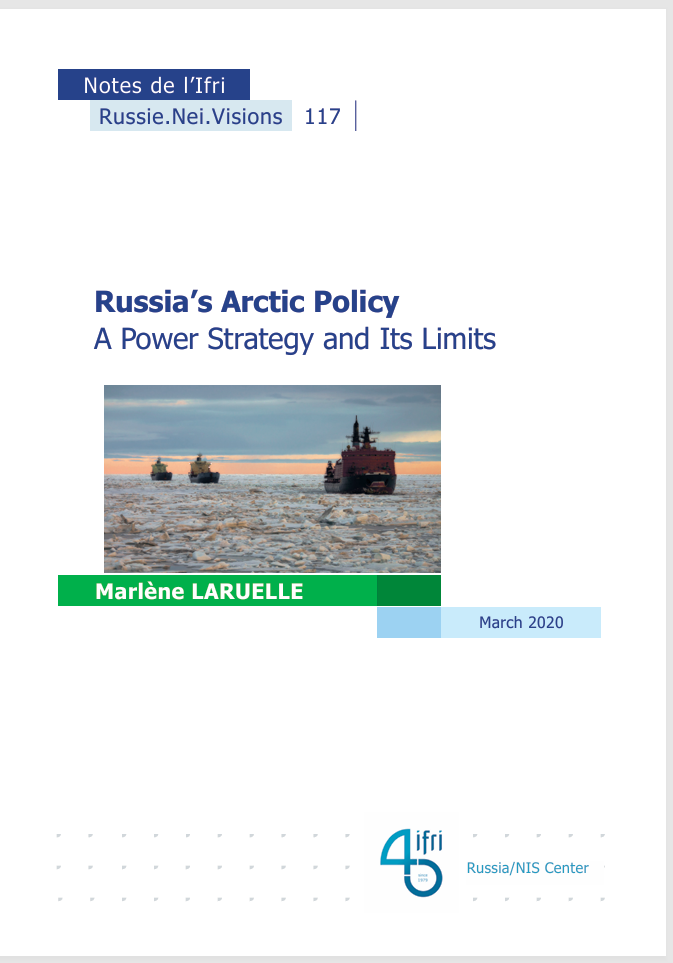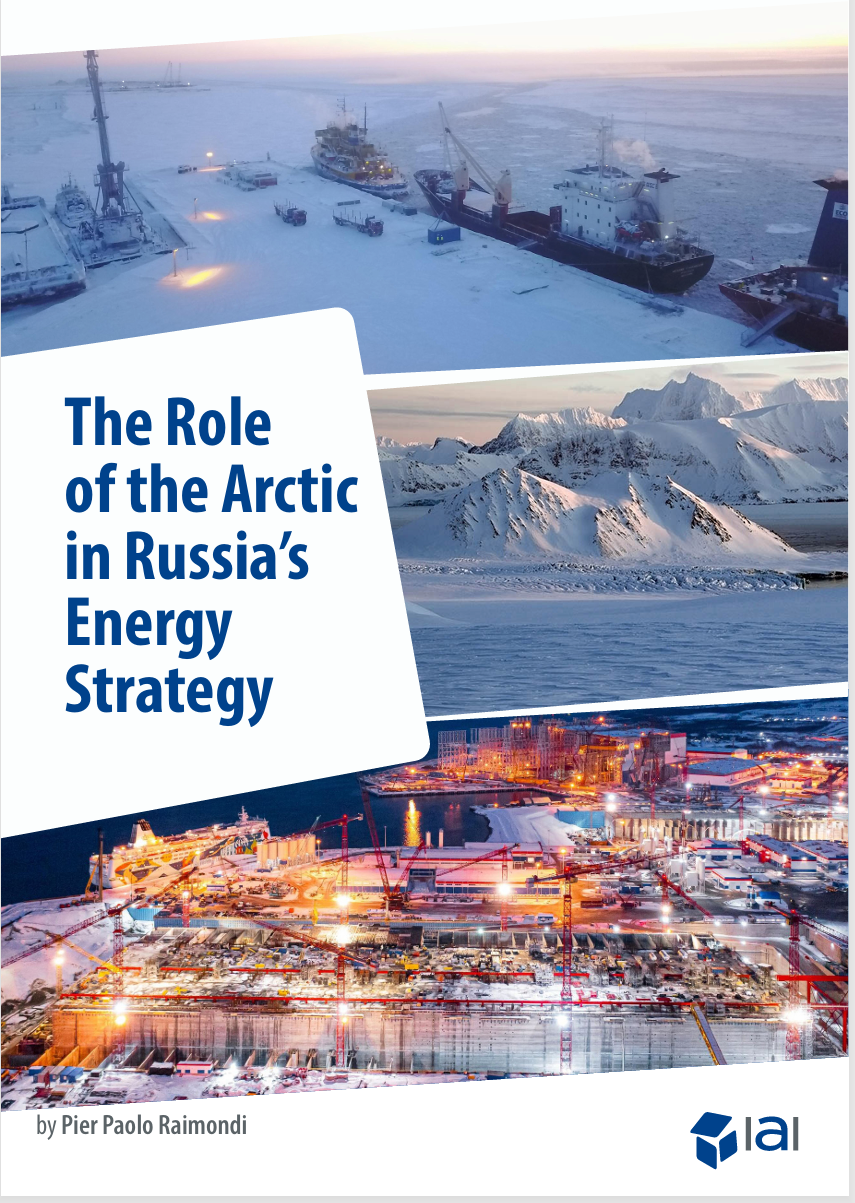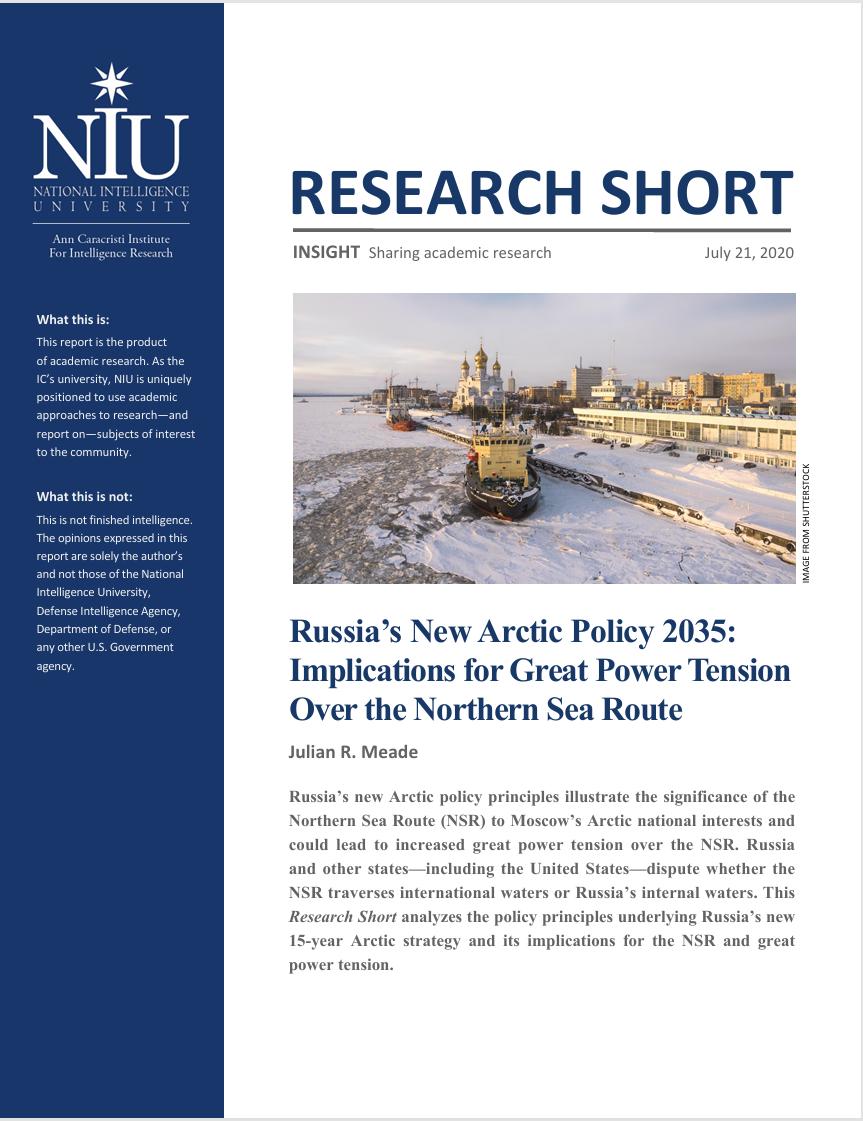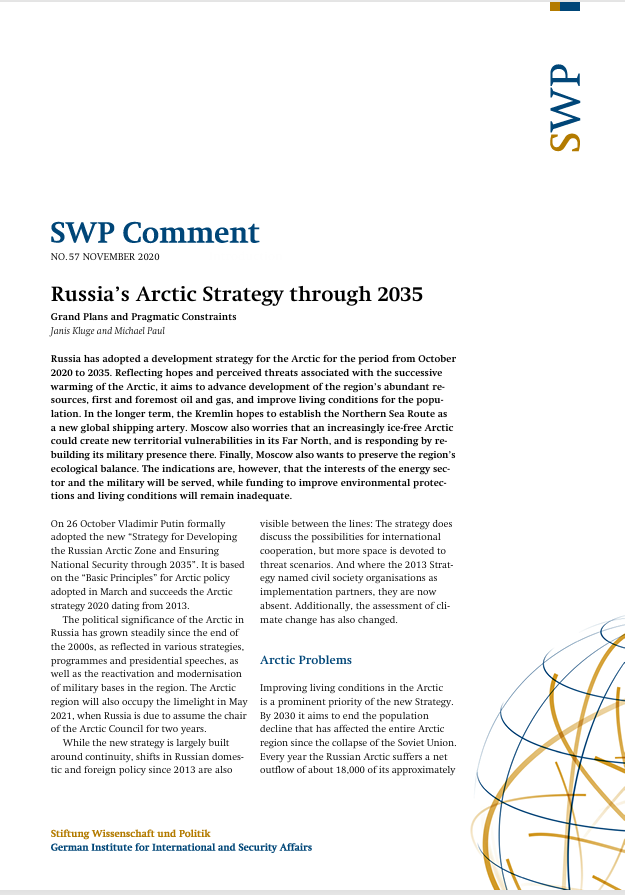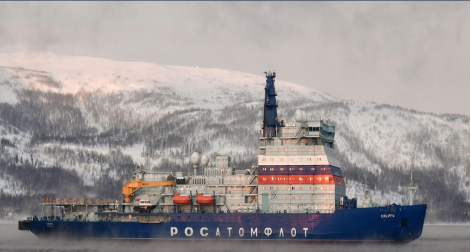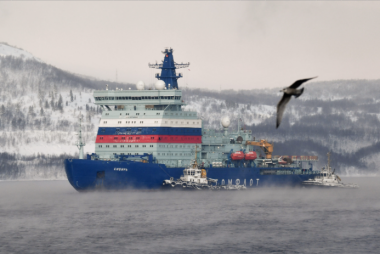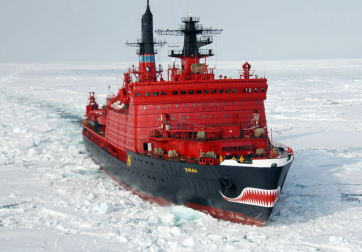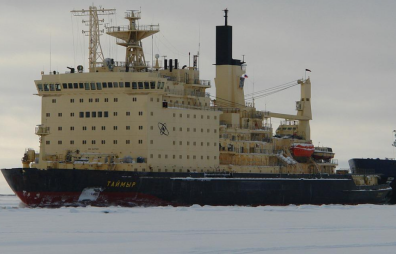Russia operates several research stations in the Arctic region, continuing its long tradition of polar research and exploration. These stations serve as crucial platforms for studying climate change, environmental monitoring, and conducting various scientific research activities.
1. Severny Polyus (North Pole) Drifting Stations
Description: Since 1937, Russia (and formerly the USSR) has operated a series of drifting ice stations named "Severny Polyus" (СП, meaning "North Pole"). These stations are established on ice floes and drift with the Arctic ice pack.
Research Focus: Meteorology, oceanography, glaciology, and geophysics.
Recent Developments:
- In 2022, Russia launched the Severny Polyus-41 station
- Continues the legacy of polar exploration
- World's first ice-resistant self-propelled platform
2. Tiksi Hydrometeorological Observatory
Location: Tiksi, Sakha Republic (Yakutia), Russia
Description: A land-based Arctic research station operated in collaboration with international partners, including the U.S. National Oceanic and Atmospheric Administration (NOAA).
Research Focus:
- Atmospheric sciences
- Permafrost studies
- Climate change monitoring
3. Franz Josef Land Research Stations
Location: Franz Josef Land Archipelago
Description: Multiple stations operated within the Russian Arctic National Park.
Research Focus:
- Ecology and wildlife studies
- Glaciology
- Environmental monitoring
- Polar bear research
4. Samoilovsky Island Research Station
Location: Lena River Delta
Description: Operated by the AARI and the Siberian Branch of the Russian Academy of Sciences, often in collaboration with German researchers from the Alfred Wegener Institute.
Research Focus:
- Permafrost research
- Carbon cycling
- Ecosystem dynamics




